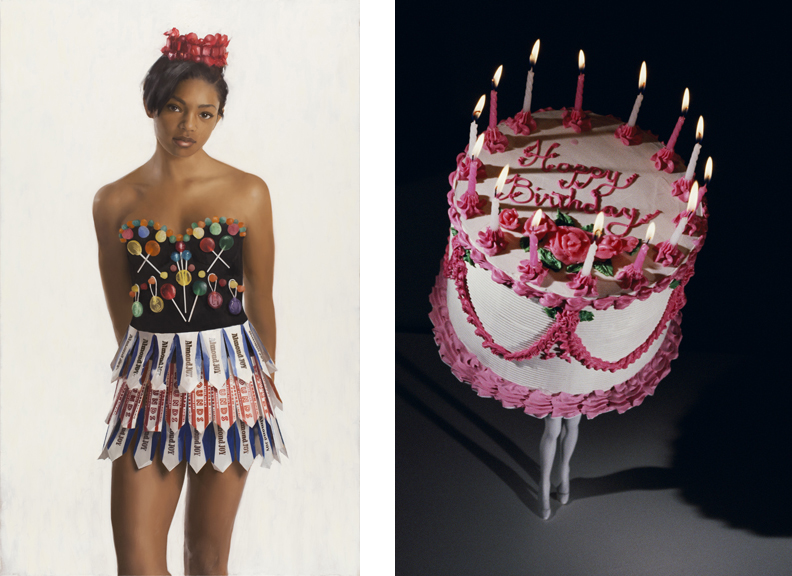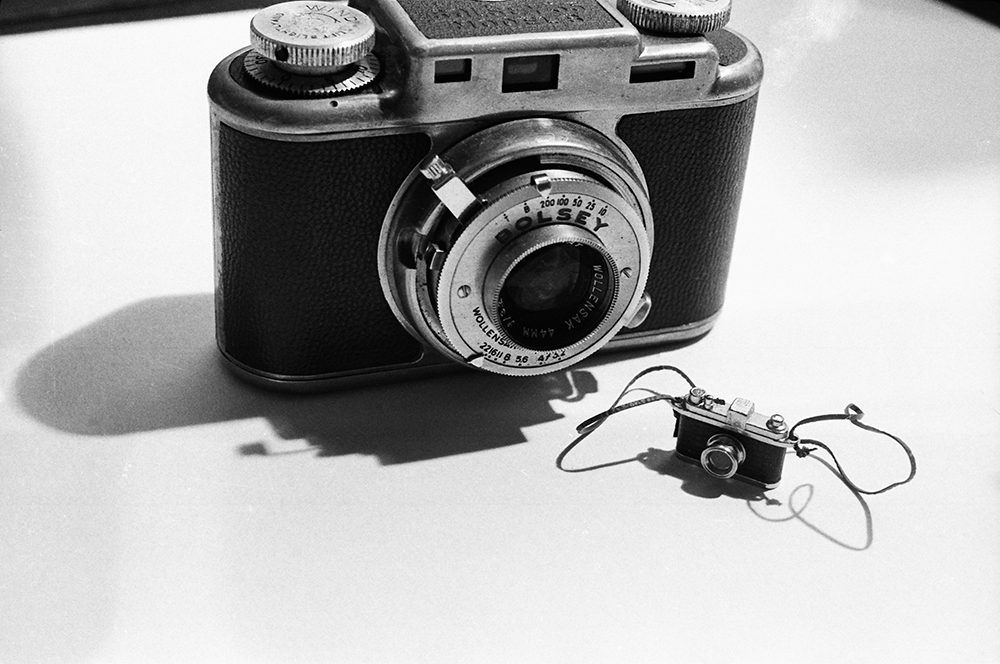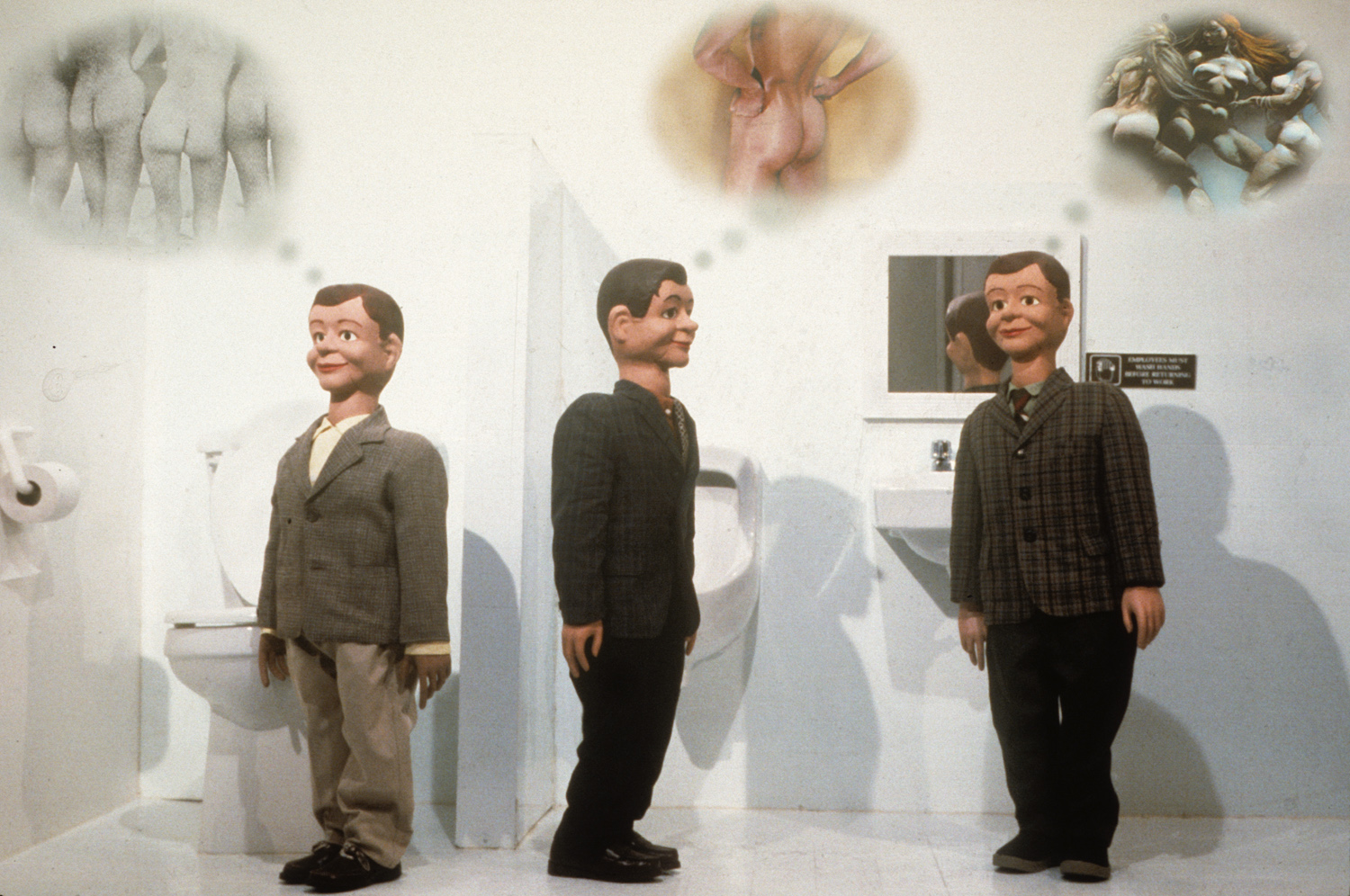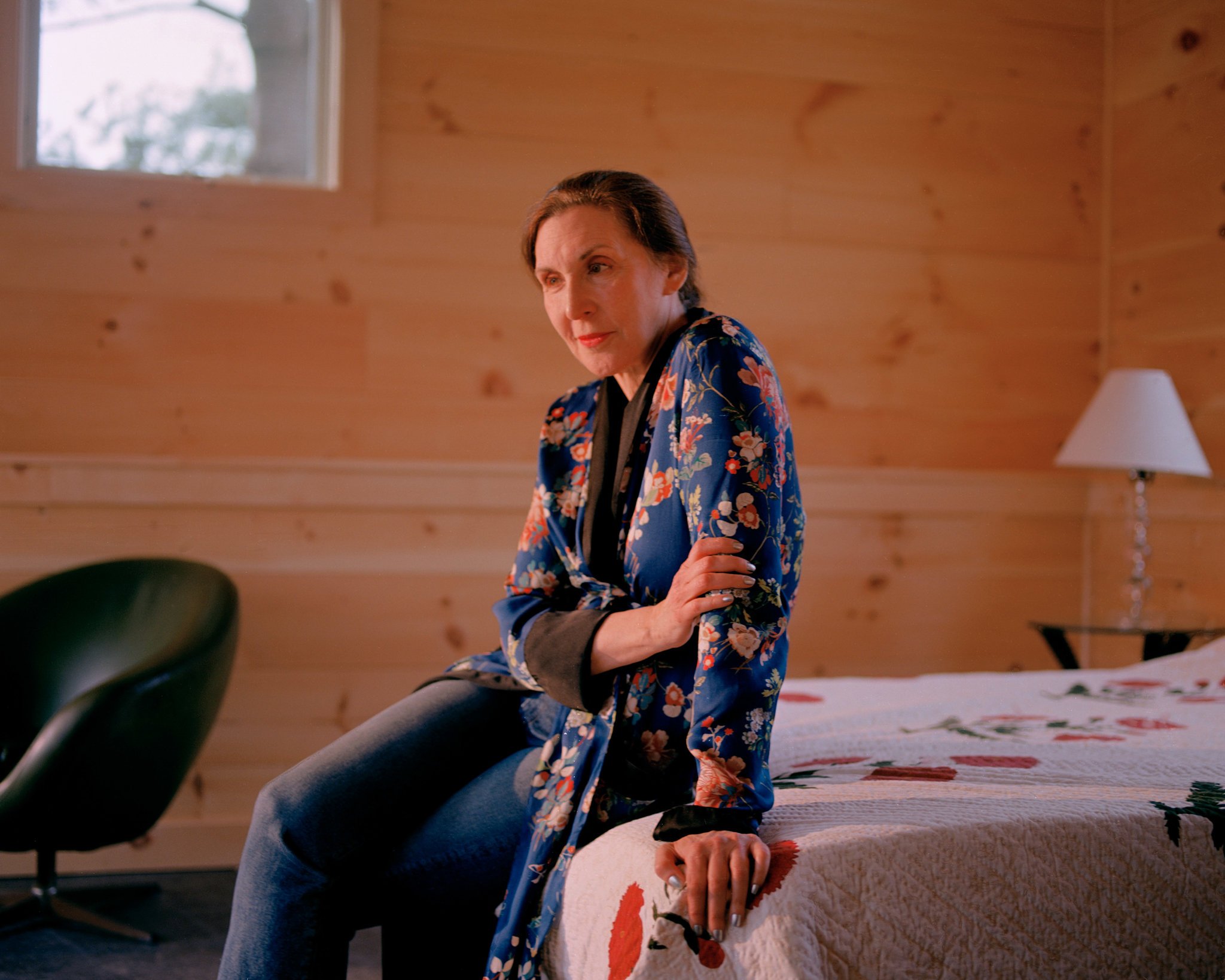Laurie Simmons
News

Will Cotton, Laurie SImmons at the Frances Young Tang Teaching Museum
9 February to 9 June 2019
Included in group exhibition Like Sugar at the Frances Young Tang Teaching Museum, Skidmore College, Saratoga Springs, New York.
Our taste for sweetness is a powerful force. It is one of the foundations of empires; of slavery; of ecological devastation; and of modern health epidemics and food injustice. Even knowing this, we love it. Flowers and fruits seduce birds and insects with their nectars; for human beings, sugar starts as cane, beets, or corn, and people have harvested and manipulated and packaged it to suit consumers’ fancies. We continually construct and reconstruct its meanings. Like Sugar will explore both the problematic and the joyful aspects of sugar, complicating our view of how this multi-layered substance affects us. Through artwork by contemporary artists such as Vik Muniz, Julia Jacquette, Zineb Sedira, Laurie Simmons, and others; historical materials such as maps, prints, and books; and material culture such as cane-cutting tools and sugar dishes, the show will raise questions and provide a space for dialogue about sugar in our lives.

Laurie Simmons at the Modern Art Museum of Fort Worth
14 October 2018 to 27 January 2019
Solo survey exhibition Laurie Simmons: Big Camera/Little Camera at the Modern Art Museum of Fort Worth, Fort Worth, Texas.
The Modern Art Museum of Fort Worth presents a major survey of works by Laurie Simmons (American, born 1949), organized by Andrea Karnes, senior curator, with full support of the artist. This exhibition will showcase the artist’s photographs spanning the last four decades, from 1976 to the present, a small selection of sculpture, and two films.
Simmons’s career-long exploration of archetypal gender roles, especially women in domestic settings, is the primary subject of this exhibition and is a topic as poignant today as it was in the late 1970s, when she began to develop her mature style by using props and dolls as stand-ins for people and places. Often isolating the dolls and photographing them situated in tiny, austere settings, Simmons uses fictional scenes to make observations about real life. These works are now iconic of her career. “Simmons’s imagery takes into account her own experience of coming of age in the 1950s,” says Andrea Karnes. “Without being autobiographical or spelling out specific narratives, however, the work strikes a psychological chord, seeming to underscore the difficulties of living the American dream, or in a larger context, any dream of domestic bliss.”
The namesake image for this exhibition, Big Camera/Little Camera, 1976, from the series Early Black & White, shows an actual camera juxtaposed with a miniature camera, which exemplifies Simmons’s other central interest: manipulating scale. “I put the two cameras together for scale,” Simmons explains, “and as a metaphor—real life versus fiction. It was also a statement about what I intended to do with the camera.”...

Laurie Simmons on VULTURE.COM
1 May 2018
Interview with Amy Larocca How Laurie Simmons’s Photographs (Including Pictures of Her Daughters in Body Paint) Ended Up in Two Galleries at Once on VULTURE.COM.
This week, the artist Laurie Simmons finds herself in the unusual position of having two prominent galleries showing her work at the same time. At the Mary Boone Gallery in Chelsea is “Cafe of the Inner Mind,” a body of work she created in the 1990s that is centered around images of a group of six ventriloquist’s dummies. Across town, at Salon 94’s Bowery outpost, is “The Mess 2017,” a collection of portraits of live people (including Simmons’s daughters, Lena and Grace Dunham), accompanied by a rainbow-colored collection of plastic stuff. But according to Simmons, this is hardly the whole story of this moment. To consider her psyche fully, one must include the show of new work by Carroll Dunham, Simmons’s husband, that’s also up at the Gladstone Gallery...

Laurie Simmons in The New York Times
29 April 2018
Profile feature by Arthur Lubow Stepping Outside the Dollhouse in THE NEW YORK TIMES.
A housewife perched awkwardly on the edge of a sofa, three tourists transfixed by the Parthenon, a wistful man in evening clothes sitting cross-legged in a folding chair: the dolls that Laurie Simmons has photographed in a four-decade career evoke human emotions, even though they’re not human.
These mute surrogates — most of them female — seem trapped in their prescribed roles. Reaching maturity amid the uproar of second-wave feminism, Ms. Simmons, now 68, captured a mood that was in the air then and feels very timely now.
For Ms. Simmons, there was something reassuring about directing dolls. They follow instructions. They don’t talk back. But it was a desire to exit her comfort zone and explore new territory that motivated her latest work. “I never could have predicted that I would have done something that could be called portraiture,” she said recently, in the house in rural Connecticut that she shares with her husband, the painter Carroll Dunham...
Laurie Simmons at the National Museum of Women in the Arts
9 March to 28 May 2018
Included in group exhibition Women House at the National Museum of Women in the Arts, Washington, DC.
Featuring work by thirty-six global artists, Women House challenges conventional ideas about gender and the domestic space. The exhibition is inspired by the landmark project Womanhouse, developed in 1972 by Judy Chicago and Miriam Schapiro. With works that disrupted traditional ideas about the home as a feminine realm, Womanhouse was the first female-centered art installation to appear in the Western world. In the new exhibition, Women House, women artists from the 1960s to today examine the persistence of stereotypes about the house as a feminine space.
Through photography, sculpture, installation and video works organized across eight themes, Women House emphasizes the plurality of women’s views on the home. In Walking House (1989), Laurie Simmons creates a playful yet disconcerting image of the female body being consumed by expectations and responsibilities. Laure Tixier’s series Plaid House (Maquette) (2005–11) explores domestic architecture from worldwide cultures in solid-colored felt sculptures that resemble miniature residential homes, tents, towers, or high-rise buildings. Zanele Muholi’s 2007 photograph of a young female couple in South Africa leaning into the warmth of their kitchen stove speaks to the possibility of domestic space as a place of both privacy and freedom...

